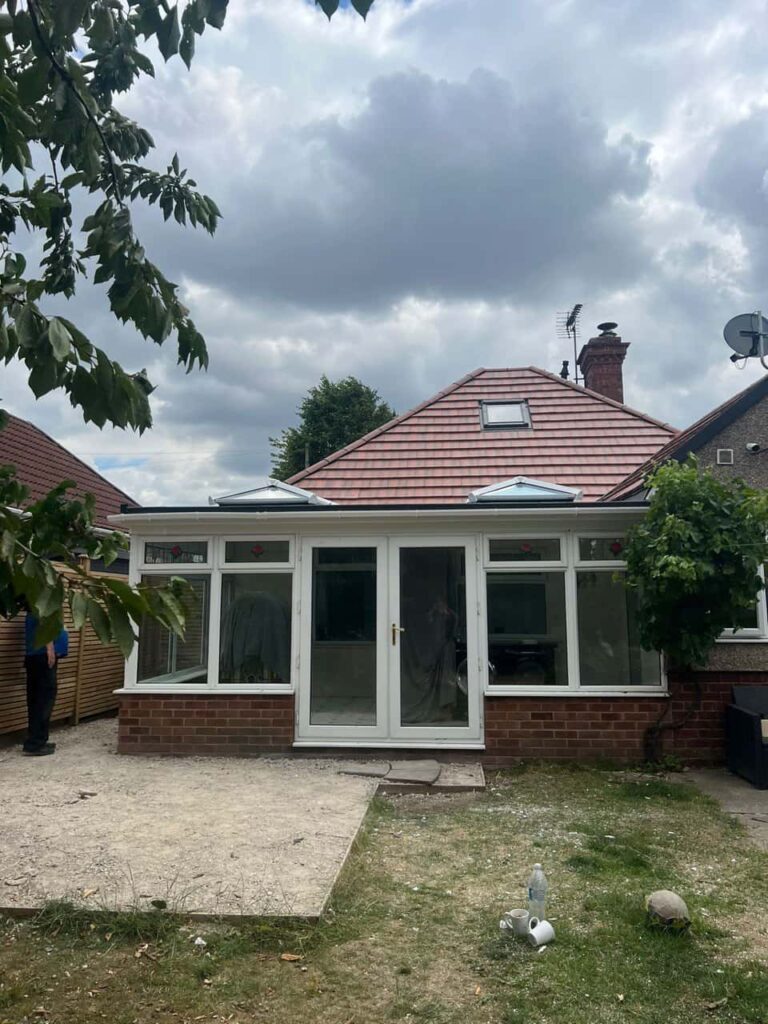Introduction: Lead flashing has been a staple in roofing and construction for centuries, renowned for its durability and effectiveness in keeping buildings watertight. However, in recent years, concerns about the environmental impact of lead usage have come to the forefront. In this blog post, presented by Keyworth Roofing Repairs, we will explore the environmental impact of lead flashing and alternative solutions that can help reduce its environmental footprint.
The Environmental Concerns with Lead Flashing
- Mining and Production: Lead is primarily obtained through mining, which can harm the environment, including soil and water pollution, habitat disruption, and health risks to miners and nearby communities.
- Lead Pollution: Lead is a toxic substance that can leach into the soil and water, posing a significant risk to ecosystems and human health. This contamination can occur during the production, installation, or removal of lead flashing.
- Disposal: When lead flashing reaches the end of its lifespan or requires replacement, the disposal of lead materials can be problematic. Improper disposal can lead to lead contamination in landfills.
- Resource Depletion: Mining for lead contributes to the depletion of natural resources and can result in energy-intensive processes during lead production.
Alternatives to Traditional Lead Flashing
- Non-Lead Flashing Materials: Several non-lead flashing materials are available as environmentally friendly alternatives. These materials include aluminium, copper, and synthetic rubber. Copper, in particular, is known for its durability and can be a sustainable choice.
- Recycling: When lead flashing materials end their lifespan, recycling is a responsible option. Lead recycling reduces the demand for new lead production and minimises environmental impacts.
- Regular Maintenance: Proper maintenance of lead flashing can extend its lifespan, reducing the frequency of replacements and decreasing the overall environmental footprint.
Environmental Considerations for Lead Flashing Users
- Minimise Waste: When possible, reduce excess lead material by using precise measurements and techniques during installation.
- Proper Disposal: If lead flashing needs to be replaced, ensure it is disposed of responsibly, following local regulations and guidelines for hazardous materials.
- Recycle: Explore recycling options for lead materials to contribute to a more sustainable and eco-friendly approach.
- Consider Alternatives: When planning roofing projects, consider non-lead flashing materials that are durable, effective, and have a lower environmental impact.
Conclusion: While lead flashing has been a trusted roofing material for centuries, its environmental impact has raised concerns recently. Users of lead flashing can take steps to mitigate its environmental footprint by considering alternatives, responsible disposal, and recycling. By making informed choices and adopting eco-friendly practices, roofing professionals and homeowners can contribute to a more sustainable construction industry while maintaining the integrity of their roofs. Consult with experienced roofing professionals like Keyworth Roofing Repairs to explore the best options for your roofing needs that align with environmental sustainability.
Call us on: 0115 647 1193
Click here to find out more about Keyworth Roofing Repairs
Click here to complete our contact form and see how we can help with your roofing needs.

